“FM Approved systems are greater than the sum of their parts,” says Rich Ferron, FM Approvals chief operating officer. “Be it a roofing system, a gas detector or foam fire suppression system, every system has multiple components. Yet, it is the whole system that needs to perform properly and earns the FM Approvals certification mark.”
While full-system testing is the “proof of the pudding,” according to Ferron, “You cannot neglect testing the individual components as well because a single weak link can cause the system to fail. You have to test both the complete system and the individual components.”
While it may seem obvious and expected, comprehensive system-based testing and certification is not the norm around the world. Many products and devices are certified by various third-party laboratories to a range of standards, yet few are tested and certified as a complete system that has demonstrated its effectiveness to perform its function in full-scale testing.
Below, we review three FM Approved systems that comprise many engineered parts that deliver protection against potentially devastating natural and human-caused hazards. These examples are drawn from the three main FM Approvals technical areas: Fire Protection (foam extinguishing system), Building Materials (roofing systems), and Electrical Systems (gas detection systems).
Foam extinguishing systems
Approval Standard FM 5130, Foam Extinguishing Systems, is used to evaluate and certify a wide range of foam fire extinguishing systems and components (Fig. 1). The complexity of these systems is typically dependent on the type of foam proportioning device used to maintain the correct volume proportion of concentrate in water over the specified range of flows.

Typical concentrations of 0.5, 1, 2, 3 and 6% are tested in accordance with Standard 5130 to ensure accurate volumetric proportioning ratios. “We are currently revising FM 5130 to add requirements for variable viscosity proportioners,” notes FM Approvals technical team manager Brian MacDonald. “These are water-driven pump proportioners that enable a foam extinguishing system to properly handle new, environmentally friendly concentrates. Of course, these new types of proportioners must be certified as part of an overall foam extinguishing system.”
FM 5130 is unique in its evaluation of both the minimum foam application rates and maximum water application rates for foam-water sprinkler extinguishing systems. FM Approvals tests foam-water sprinkler systems at the actual installed application rate, and subsequently applies water at the maximum foreseeable rate to test the integrity of the foam blanket.
Another critical performance factor that Approval Standard FM 5130 measures is the minimum and maximum height from which a foam-water sprinkler can extinguish a fire. This is important for occupancies where surfaces may vary greatly in elevation, such as warehouses, turbine halls and other industrial settings. The proximity of the foam discharge device to the fire surface can have a dramatic effect on the foam’s extinguishing effectiveness.
Another unique feature of the standard is required testing of the air inlets and vents associated with high-expansion foam systems. Manufacturers must demonstrate that these components will continue to function under wind and snow loading, as well as icing conditions.
Foam concentrate is evaluated along with its corresponding system—including proportioning and discharge devices—and must be marked (see related story on new identification requirements) with the FM Approved certification mark and the concentrate container must note the following: “This concentrate is only FM Approved in conjunction with the specific proportioning and discharge devices as shown in the Approval Guide.”
It is important to note that the foam concentrate does not attain a stand-alone FM Approval. It is critical that the foam concentrate is used only with system components which have been tested to be compatible with that concentrate.
Roofing systems
The failure of a building’s roof can have a devastating impact (Fig. 2) from which a business may not be able to recover. When a roof is damaged or destroyed, the building contents can be exposed to moisture and contamination, further compounding the loss.

FM Approvals is the only organization in the world that tests only complete roofing assemblies, subjecting them to tests that simulate multiple real-world perils such as fire above and below the deck, wind uplift, hail, weathering, water leakage, foot traffic and the corrosion of metal parts.
FM Approvals makes it easy for building designers, architects, contractors and authorities having jurisdiction (AHJs) to specify and build FM Approved roofing assemblies that meet the exact requirements for a particular design and location. All FM Approved roofing products and assemblies are listed in RoofNav®, a web-based system (www.RoofNav.com) that is free to the public and takes the guesswork out of configuring FM Approved roofing assemblies.
An FM Approved roof assembly is tested to meet:
- Interior fire performance requirements using the FM Approvals Construction Materials Calorimeter Test (the only such test in the world developed after many years of research and testing) adopted as NFPA 276. It’s a pass/fail test giving the rating of Class 1 if the roof assembly passes.
- Exterior fire performance using the ASTM E 108 test method for an A, B or C rating.
- Wind performance using ANSI/FM 4474 for ratings starting from 60 psf up to 990 psf.
- Hail, foot traffic and accelerated weathering performance using FM Approvals test methods. Ratings for hail are MH (moderate hail); SH (severe hail); and VSH (very severe hail).
- Corrosion resistance is evaluated via ASTM D6294 or ETAG 006 (replaced by EAD 030351-00-0402).
- Leakage is evaluated via ASTM D7281
To help the facility owner, designer or contractor select the correct FM Approved roof assembly that best meets the expected local conditions and design criteria, FM Approvals tests and certifies each assembly for specific fire and natural hazards ratings.
For example, a rating for a roof assembly could be 1-180 A SH, where “1” represents a roof assembly that passed the interior fire test; “180” represents the wind performance rating for the roof in psf; “A” represents the exterior fire rating; and “SH” represents severe hail rating. All this information for all FM Approved roof assemblies is available in RoofNav.
Last year, FM Approvals began a new sampling program designed to help maintain the integrity of Approved products. Baseline data is developed during certification and monitored as part of recurring surveillance audits.
Roofing membranes were chosen as the first products to receive this level of ongoing product analysis. “We have completed the collection and analysis of the initial round of samples,” notes FM Approvals Vice President and Manager of the Building Materials Group Phil Smith. “Going forward, we will continue to collect and analyze samples of these products. This analysis is not how we judge the performance of a product—it is merely a way to determine if a material is the same as what we evaluated and certified. It is another way of ensuring the integrity of the system components.”
Gas detection systems
For more than 40 years, and until only recently, FM Approvals has been the only certification organization in the world that mandates performance testing for all types of gas detection (i.e., combustible, toxics and oxygen depletion). An FM Approved gas detection system is evaluated for electrical safety, for use in a hazardous location and tested for performance based on the manufacturer’s specifications.
Three FM Approvals standards are used for gas detection systems:
- Approval Standard FM 6320, Combustible Gas Detectors
- Approval Standard FM 6325, Performance Requirements for Combustible Open Path Gas Detectors
- Approval Standard FM 6340, Toxic Gas and Oxygen Depletion Detectors
These standards require combustible and toxic gas detectors to meet a range of physical durability, electrical and performance tests. Additionally, manufacturers must demonstrate an acceptable quality control program and submit to regular surveillance audits of locations manufacturing FM Approved products.
FM Approvals’ new electrical hazards laboratory (Fig. 3) at the FM Global Research Campus in West Glocester, Rhode Island, USA, includes a lab dedicated to the evaluation and certification of gas detection systems. The new gas detection lab provides manufacturers with improved access to accuracy, verification and other preliminary evaluation services.

According to FM Approvals Assistant Vice President and Technical Team Manager Patrick Byrne, “Preliminary testing is a fraction of the cost of a full certification program, but still allows the manufacturer to verify the operation and accuracy of their systems before they submit them for a full test program. They can avoid costly failures that can delay the certifications required by global markets.”
FM Approvals also helps manufacturers worldwide save time and costs by providing certification to Approval Standards as well as ANSI/ISA, CAN/CSA, EN, ATEX, and IEC standards. “A new IEC standard was introduced last year, covering performance requirements for toxic gas detectors for the workplace,” Byrne notes. “We will be able to test to that new standard with our new toxic gas capabilities. The ability to test to multiple standards with one program can save a manufacturer time and money.”
Unique approach
“We apply a unique approach to product certification that provides true value for manufacturers and end user alike,” says FM Approvals COO Rich Ferron. “Our goal is to prevent losses from occurring. By verifying the performance of the total system, we help achieve that goal when and where it counts the most.”

